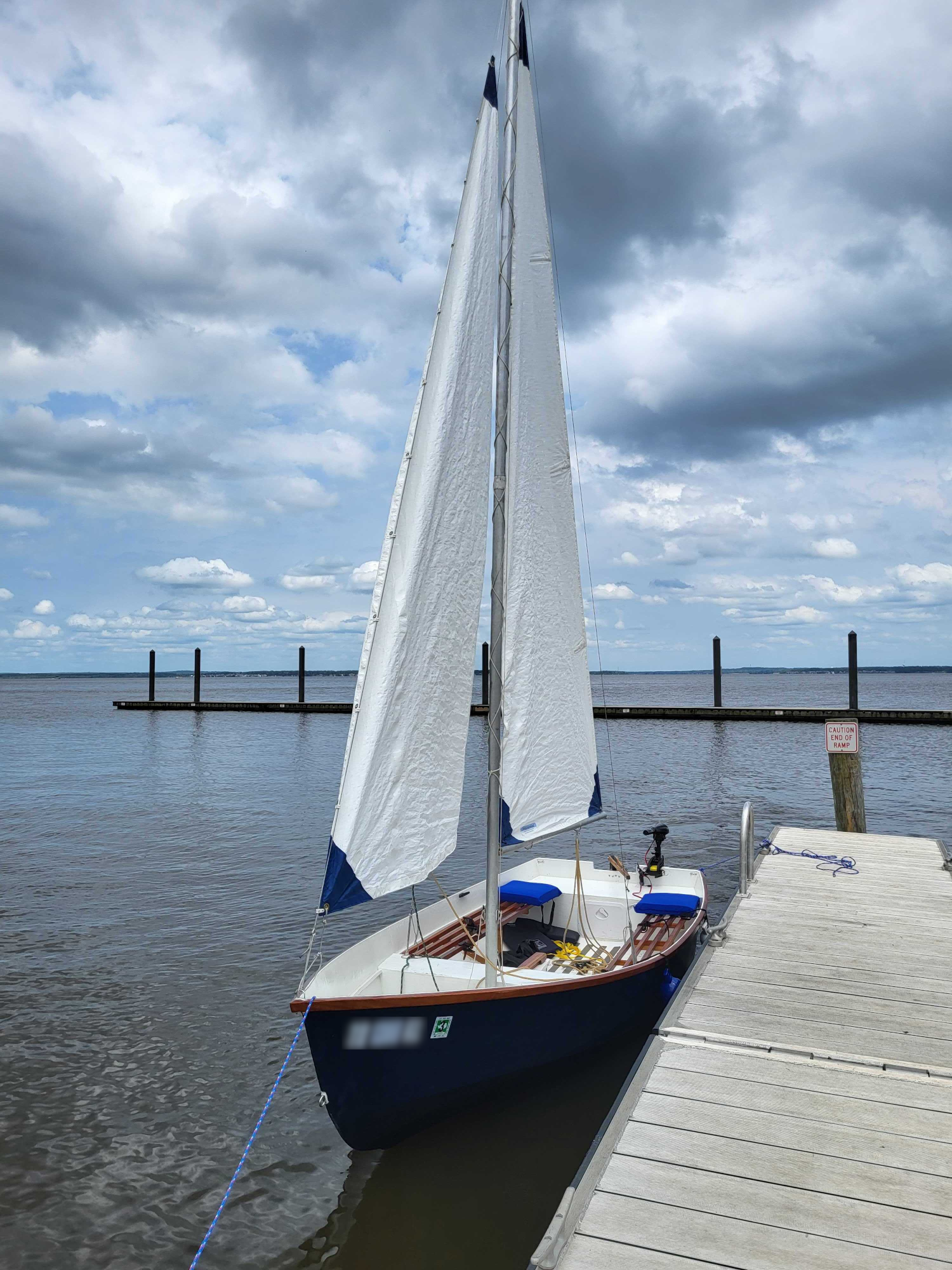I'm curious if anyone else has experience with tools for editing and collecting data in the field.
I'm vaguely aware of QField for QGIS. I believe ESRI has their own tools for that context, but I don't know what they are.
I'm also familiar with some tools for a specific industry: namely inspection and data collection for utilities. Some of the ones I know are probably best described as "long in the tooth."
What are the options these days? Where do you go for users that need to collect data in the field, whether it's inspection data, correcting existing GIS data, or collecting new data?

Yep! It took about 6-9 months the summer of 2021. It's a rough ride, and I'm not always thrilled with the performance. If it breaks, though, I get to keep all the pieces, and sometimes I even know how to put them back together!
The design was chosen because it was about as big as I could get and still fit it on a trailer in the garage.